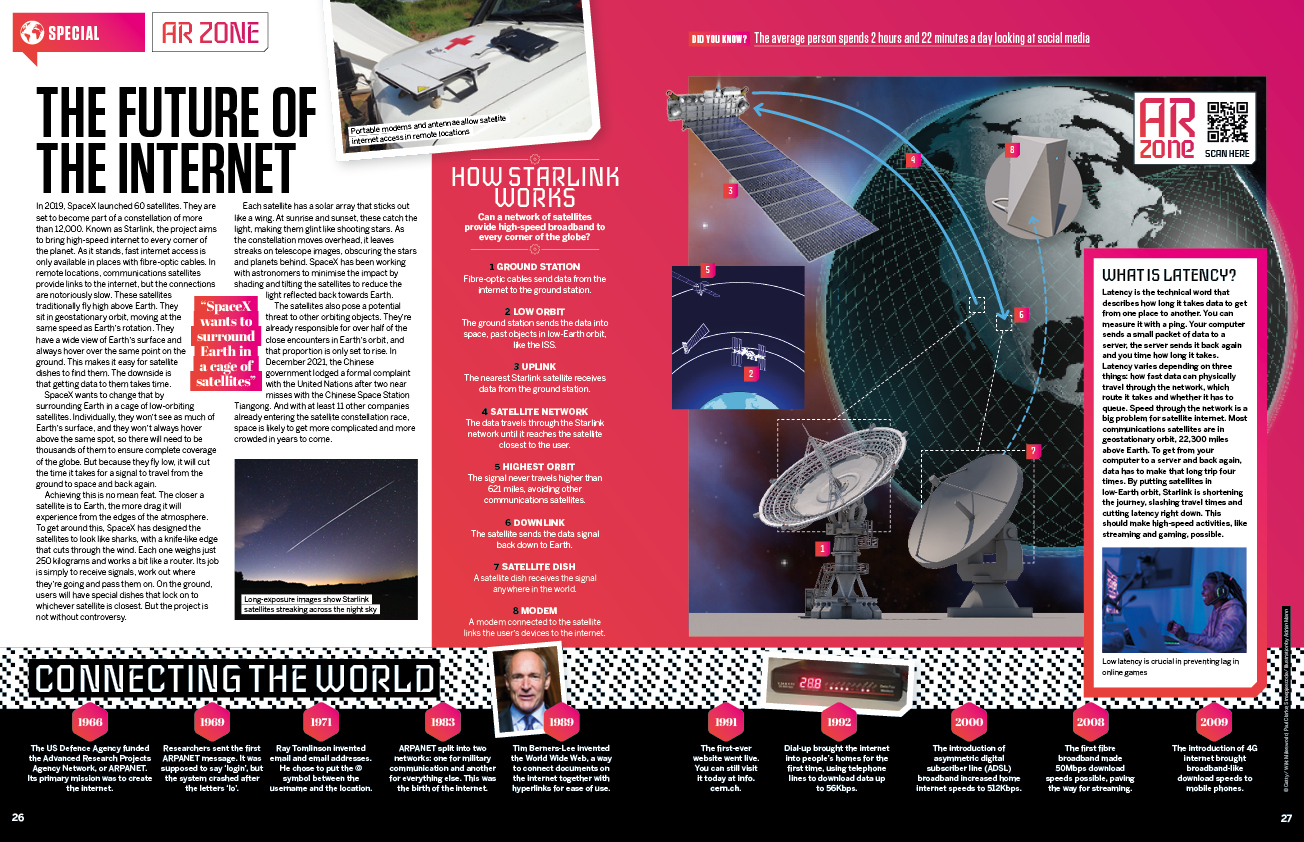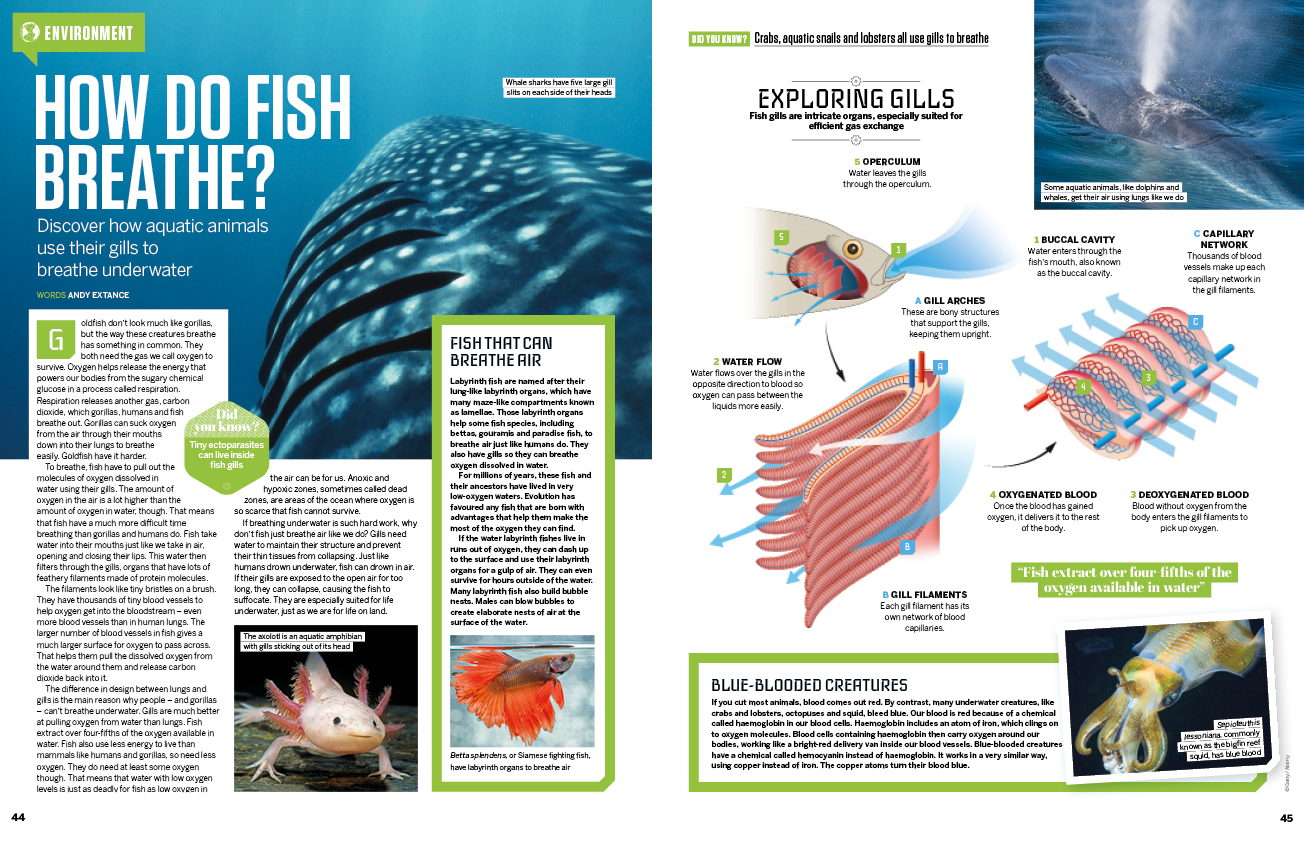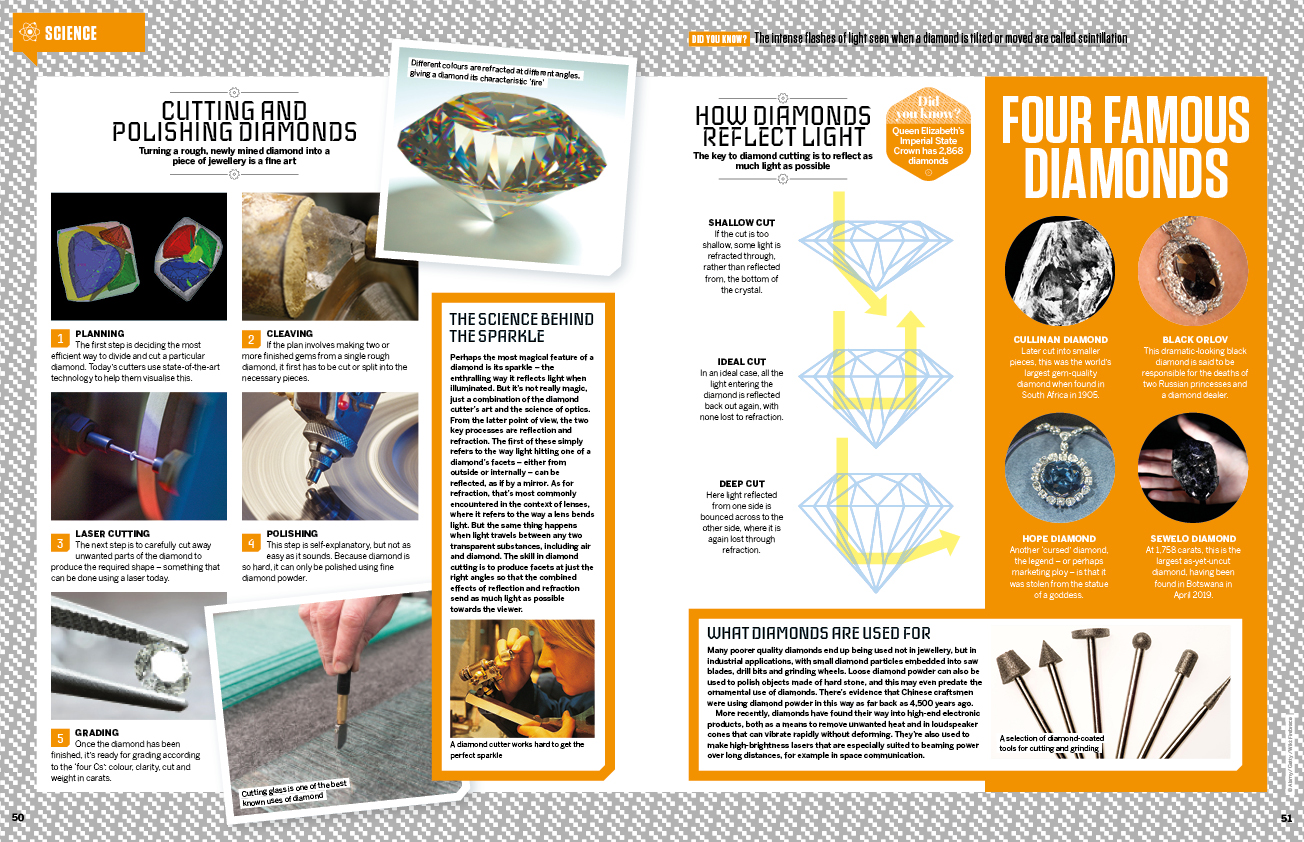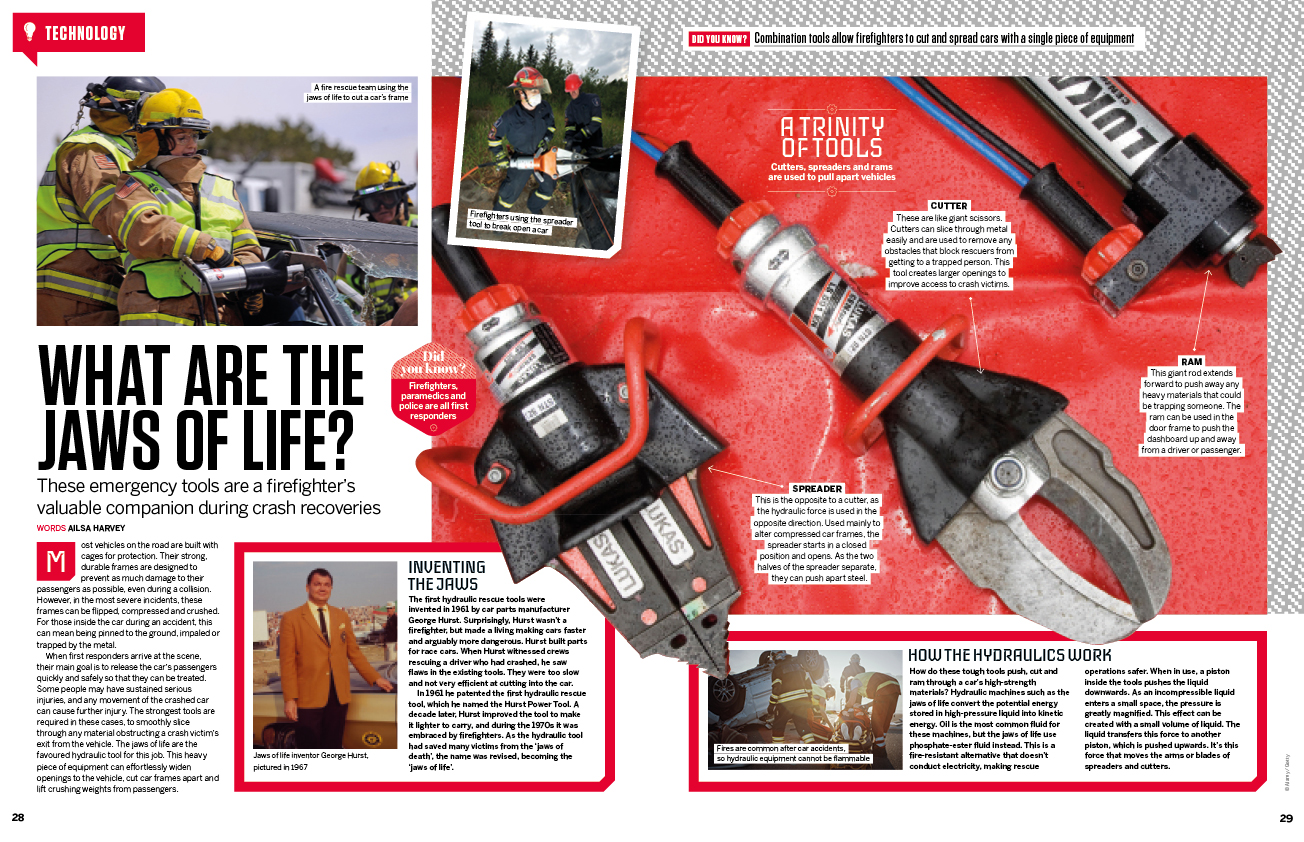
The Internet is one of the greatest inventions in human history, revolutionizing communication and changing the world forever. This vast network connects computers across the world via more than 750,000 miles of cables running under land and sea. It’s our fastest method of communication, making it possible to send a message from London, UK, to Sydney, Australia, in just 250 milliseconds.
Constructing and maintaining this global link has been a monumental feat of ingenuity. Maybe you were born this side of the new millennium, or maybe you’re old enough to remember a time when you had to go to the library to get more information on a subject, step outside your house to go shopping or phone a friend to stay in touch. In any case, today the Internet is a staple for most of us, every bit as essential a utility to modern living and working as electricity.
We take for granted the fact that we can pick up our phones or use a PC to access a cornucopia of data and services, but most of us don’t understand how it all works. In the latest issue of How It Works magazine, you will discover how miles of cables, millions of computers and sophisticated software programs and protocols come together to connect you to an online world.
Related: Read a free issue of How It Works here
Also this issue, discover why ostriches are unable to fly, how diamonds are mined, cut, polished and even made, see inside a bionic eye and discover how this technology is becoming a viable cure for some forms of blindness. You can make your own thunderstorm in a tank in our practical How To..., see how modern car central locking works, what the Romans taught us (hint: a lot) and, could we build Star Trek's USS Enterprise?
Read on to find out more about issue 161's biggest features.






How to make a diamond
A diamond is essentially just carbon, one of the most common elements. But we usually find carbon compounded with other elements, and when pure carbon does occur on the Earth’s surface it takes the form of graphite. Making diamond requires much higher temperatures and pressures — those found inside the Earth’s mantle at depths of a hundred miles or more. There may be lots of diamonds there, perhaps as much as a quadrillion tonnes, but they’re totally inaccessible to us.
Sign up for the Live Science daily newsletter now
Get the world’s most fascinating discoveries delivered straight to your inbox.

But there’s nothing mystical or supernatural about diamonds: they’re simply the form that carbon takes under certain conditions of temperature and pressure. Natural diamonds were formed where these conditions exist inside the Earth, but it’s also possible to create the necessary conditions artificially.

Exclusive offer for readers in North America: Grab yourself 4 free issues when you subscribe to How It Works, the action-packed science and technology magazine that feeds minds
This has been done on a commercial scale to make synthetic diamonds since the 1950s. One approach — called the high-pressure, high-temperature (HPHT) technique — attempts to mimic the natural process as closely as possible. An alternative, called chemical vapour deposition (CVD), requires less extreme temperatures and pressures. At first synthetic diamonds were poor in quality and only suitable for industrial purposes, but today they can be made attractive enough to use in jewellery. See how diamonds are made, mined, cut and polished, in How It Works 161.
Could we build the USS Enterprise?
The USS Enterprise is the iconic flagship from Star Trek and an impressive work of science fiction. But that's all it is, right, it's just sci-fi?
At the moment it is, but engineers and scientists still have 233 years to achieve Roddenberry’s vision for space exploration, and several scientific breakthroughs suggest that we might be heading towards a spaceship that’s reminiscent of the Enterprise.
As a Constitution-class Starfleet Federation starship, the main role of the Enterprise is to venture on intergalactic exploration and diplomatic missions. To assist the crew on their journeys of discovery, the ship is equipped with an array of advanced scanners and sensors: just flip a few switches and a planet can be scanned for signs of life — and scientists are one step closer to making this technology a reality.

One of the most iconic abilities of the USS Enterprise is its ability to zip from one end of the galaxy to the other in mere moments using its fictitious warp drive. Human technology is currently nowhere near advanced enough to replicate the Enterprise’s warp drive. However, the theory behind building one has been around since the early 1990s. To achieve speeds faster than the speed of light, physics’ natural speed limit, theoretical physicist Miguel Alcubierre proposed that we must bend the fabric of space-time.
In How It Works 161, we explore the many rudimentary technologies we have today that could lead to a spacefaring future that isn't light years away from Roddenberry’s vision.
Ben Biggs is a keen and experienced science and technology writer, published book author, and editor of the award-winning magazine, How It Works. He has also spent many years writing and editing for technology and video games outlets, later becoming the editor of All About Space and then, Real Crime magazine.











